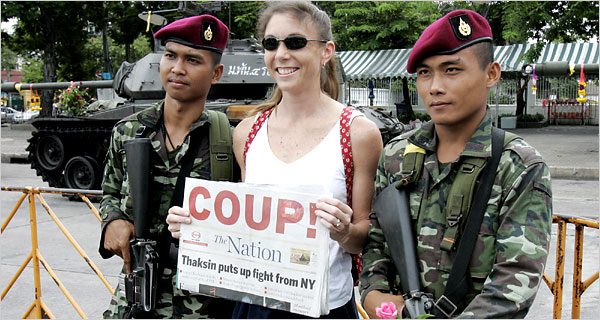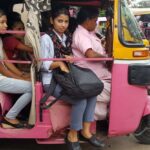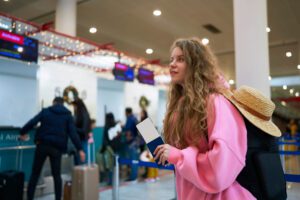
As the Royal Thai Army took to the streets with machine guns to impose martial law in Thailand on May 20, Australia, India, United Kingdom, United States and other countries issued travel alerts to travelers on Tuesday.
The countries warned citizens to avoid current and near future travel to Thailand unless it is necessary.
For non-Thai citizens already traveling in Thailand, perhaps the best thing not to do is pose with headlines blaring the news flanked by Thai military holding machine guns as the girl pictured above did in 2006.
The countries advised to stay alert, exercise caution and monitor local media coverage and the situation through hotel staff and tour operators.
Officials also advised to avoid protests, large gatherings or security operations and to follow Thai authorities’ instructions.
“You should be aware that under martial law military authorities have wide powers, including to suspend laws, restrict movement and impose curfews and other security measures,” the U.S. State Department stated in its advisory on Tuesday.
The Indian Embassy advised travelers to avoid government buildings, the parliament building, Royal Thai Police HQ, Interior Ministry, and the Defence Ministry where protestors might be camping out in Bangkok.
Martial law was invoked pre-dawn Tuesday morning by army chief General Prayuth Chan-Ocha after six months of political unrest that sometimes turned violent.
The military denied that it was a coup d’etat.
Anti-government demonstrations attempting to oust then-Prime Minister Yingluck Shinawatra began in November 2013. The Constitutional Court ousted Yingluck and nine Cabinet ministers earlier this month for abuse of power.
The action has done little to quell the political conflict causing the military to invoke Thai law that allows the army to step in to maintain the peace and order. This is the 12th time since Thailand’s independence from the monarchy in 1932 that the military has taken over. The last time was in 2006.
In spite of a large military presence around Bangkok, the city’s 10 million residents didn’t seem phased. They appeared calm. As the commute hour commenced, people could be seen driving and walking to work as usual, according to media reports.
To contract an original article, purchase reprints or become a media partner, contact ">editor [@] girlsthatroam [.] com.







